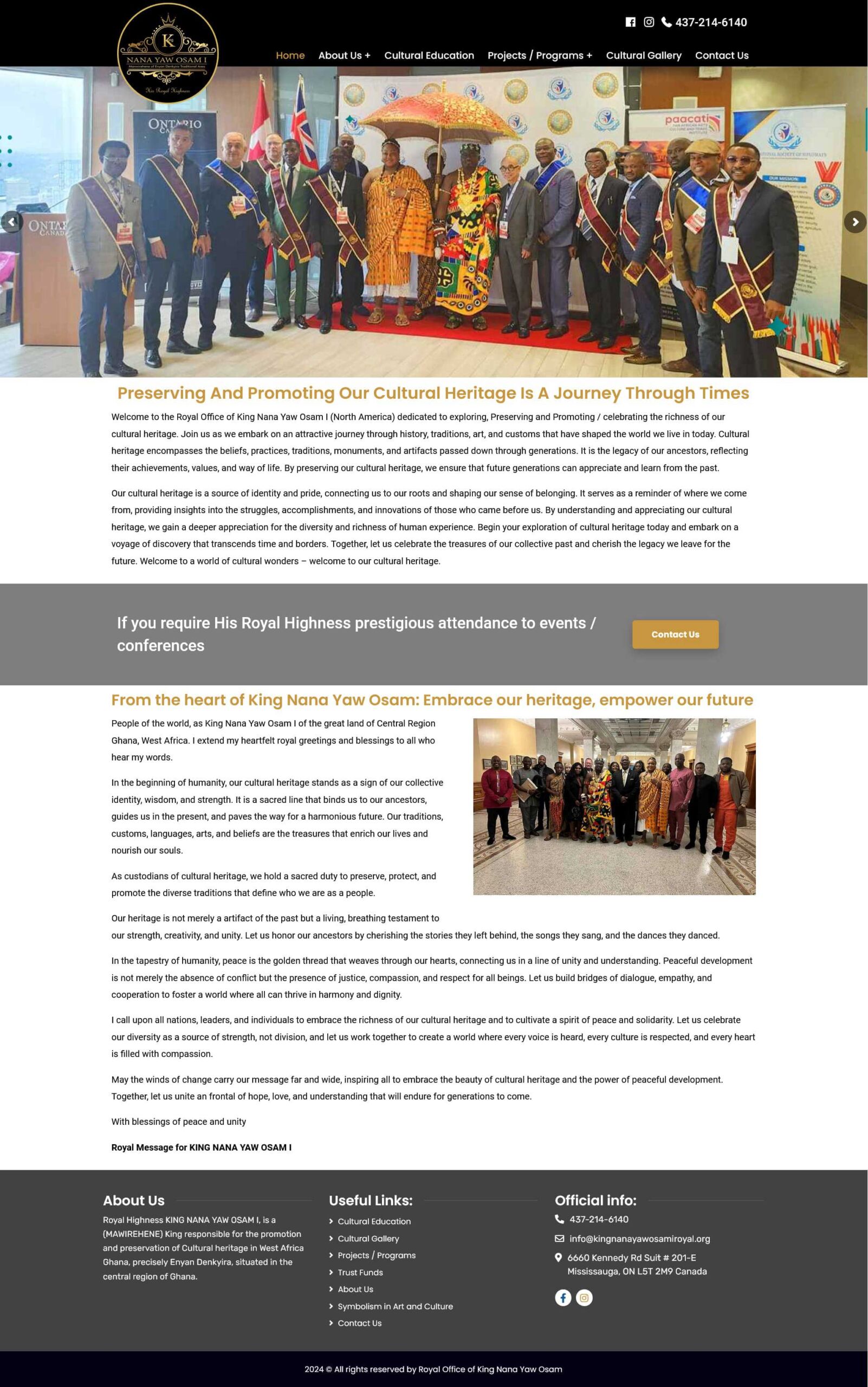There are several common mistakes that advertisers make when structuring their Google AdWords accounts. Here are a few:
1. Creating only one campaign: Some advertisers create only one campaign and lump all of their keywords and ads into it. This can lead to poor performance, as it makes it difficult to optimize ad groups and match keywords to specific landing pages.
2. Poorly structured ad groups: Another common mistake is creating poorly structured ad groups. For example, some advertisers put all of their keywords into one ad group or create ad groups with too many keywords. This can lead to irrelevant ads being served to users, lower click-through rates, and lower Quality Scores.
3. Neglecting negative keywords: Neglecting to use negative keywords can also be a mistake. Negative keywords are keywords that you don’t want your ads to appear for, and using them can help you avoid wasting ad spend on irrelevant clicks.
4. Ignoring match types: Match types are an important aspect of AdWords account structure. If match types aren’t used correctly, it can result in your ads showing for irrelevant searches or low-quality traffic.
5. Not using ad extensions: Ad extensions are additional pieces of information that can be added to your ads, such as phone numbers, locations, or additional links. Neglecting to use ad extensions can result in lower click-through rates and lower Quality Scores.
Overall, taking the time to properly structure your AdWords account can lead to better performance and more effective ad spend.













